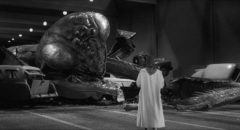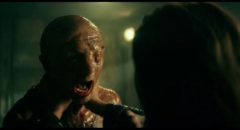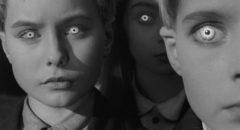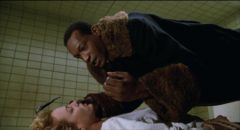
A pair of recent Blu-rays from Shout! Factory bookend ’70s horror with John Hayes’ Grave of the Vampire (1972), a too-little-known cheap exploitation feature which revitalizes vampire mythology and William Girdler’s The Manitou (1978), a low-budget studio movie with a better-than-average cast which plays a variation on demonic possession but fails to find an effective tone.








